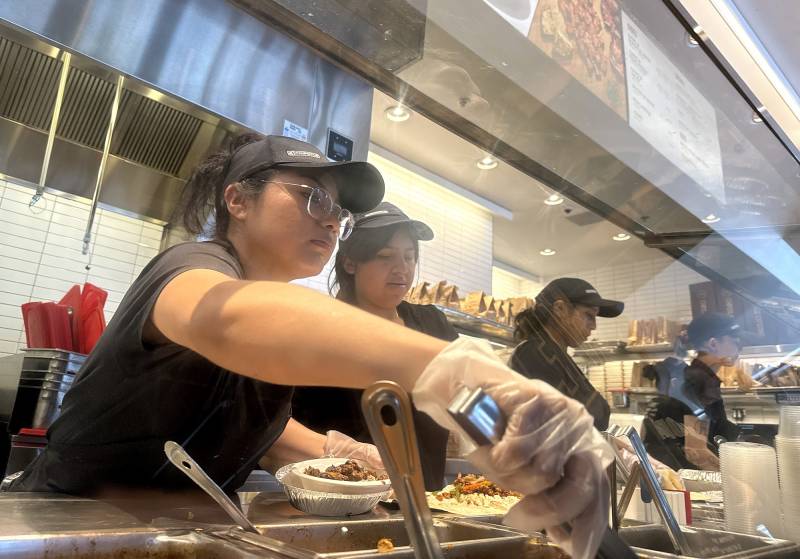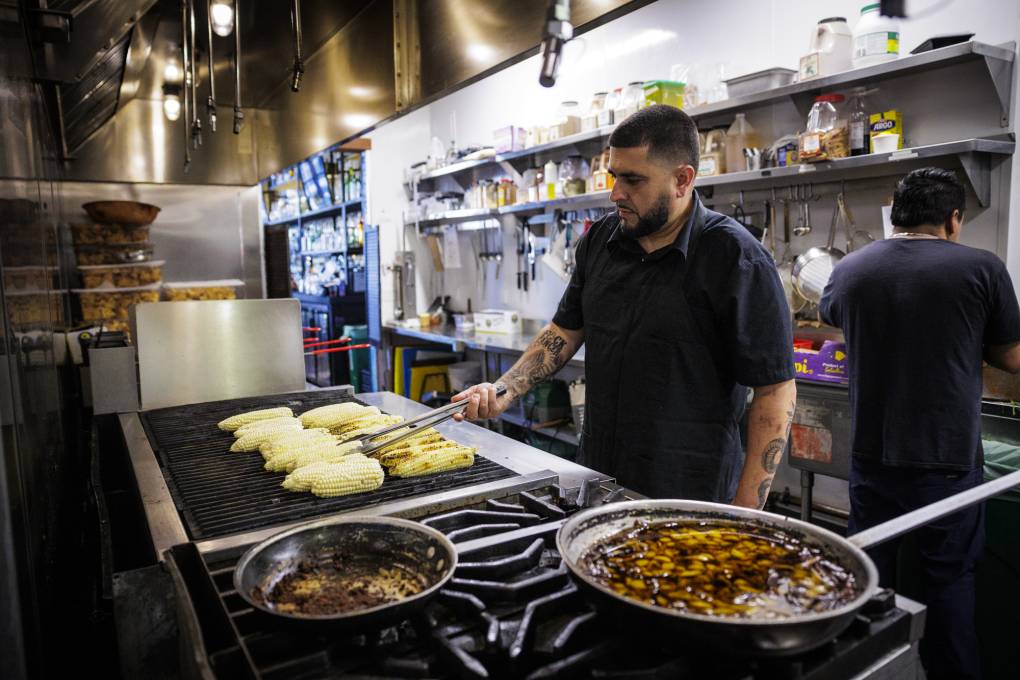As California considered and then mandated a minimum wage raise at most fast-food restaurants, opponents warned the controversial legislation could be a job killer. On Tuesday, before appearing at the Democratic National Convention, Gov. Gavin Newsom highlighted new employment data pointing to a different picture: a growing industry.
Quick-service restaurants have consistently added thousands of jobs every month this year in California, reaching a record employment total of 750,500 in July, according to preliminary data released by the U.S. Bureau of Labor Statistics. The figures show 11,000 additional fast-food jobs since April, when the wages were hiked to at least $20 per hour.
“What’s good for workers is good for business, and as California’s fast food industry continues booming every single month, our workers are finally getting the pay they deserve,” Newsom said in a statement. “Despite those who pedaled lies about how this would doom the industry, California’s economy and workers are again proving them wrong.”
Newsom’s comments are the latest salvo in the closely watched wage bump for hundreds of thousands of fast-food employees. Newsom signed the increase into law last September. The legislation also created a first-of-its-kind Fast Food Council that allows workers to participate in the development of job standards. The council’s nine voting members can increase the hourly minimum wage by up to 3.5% annually.


